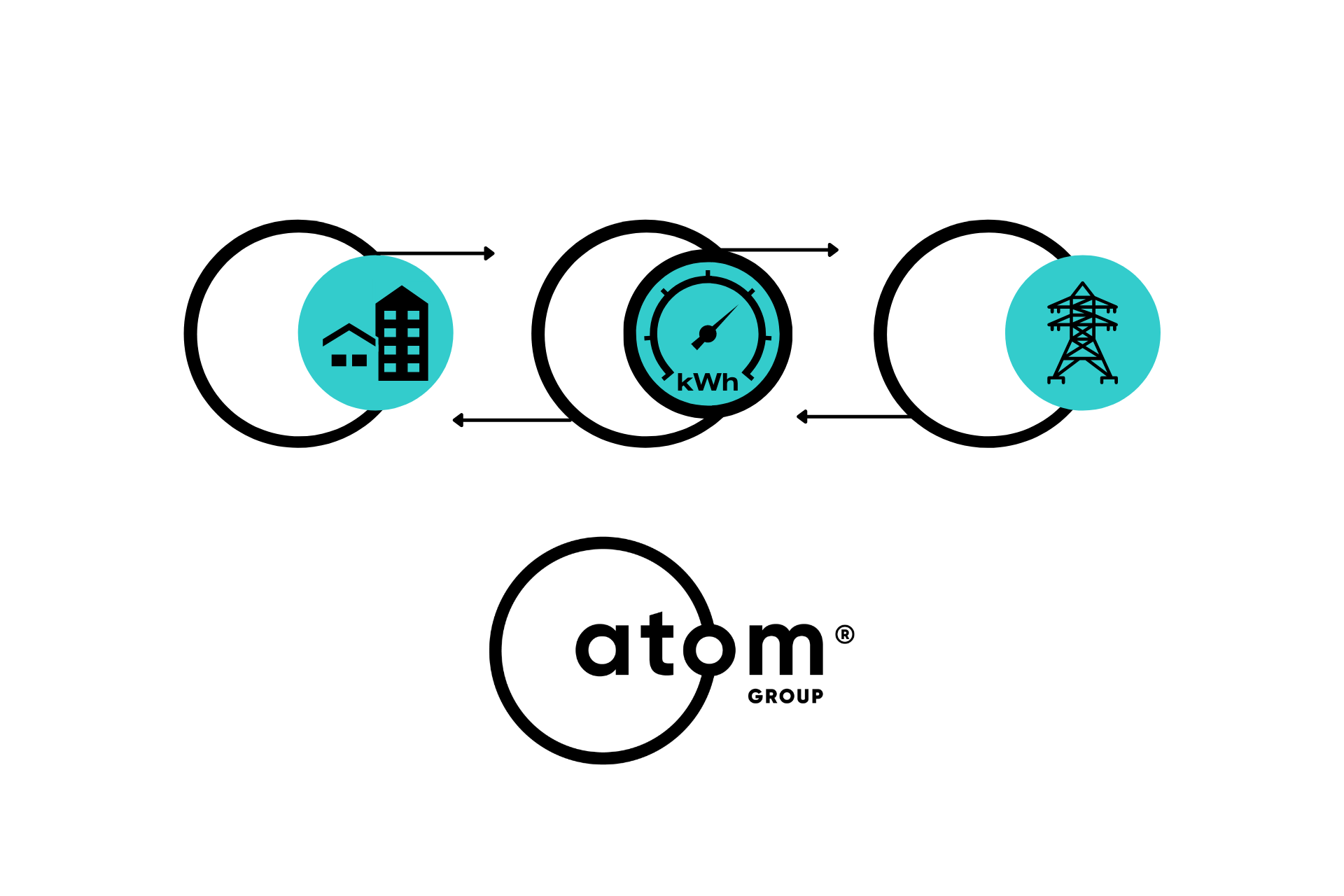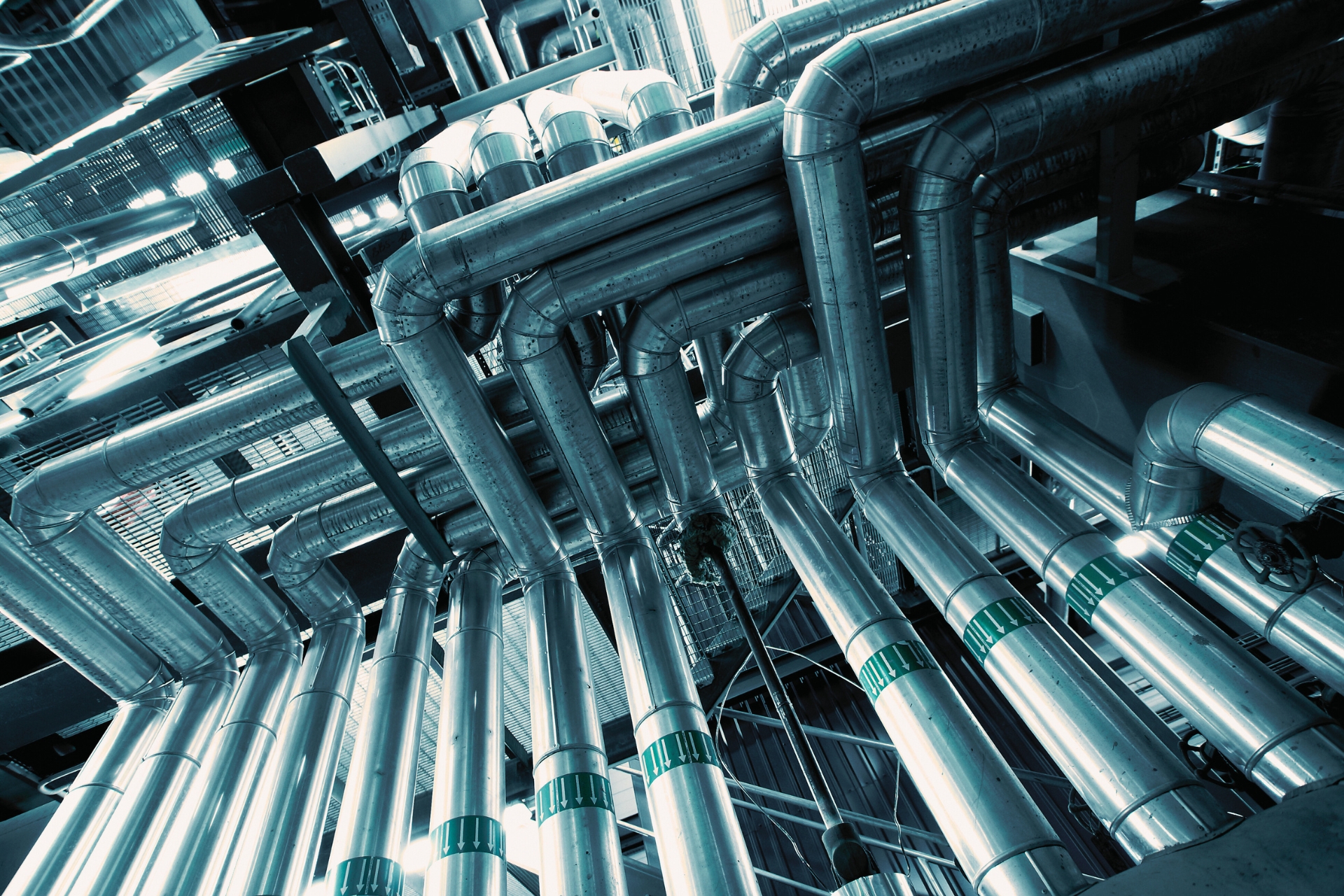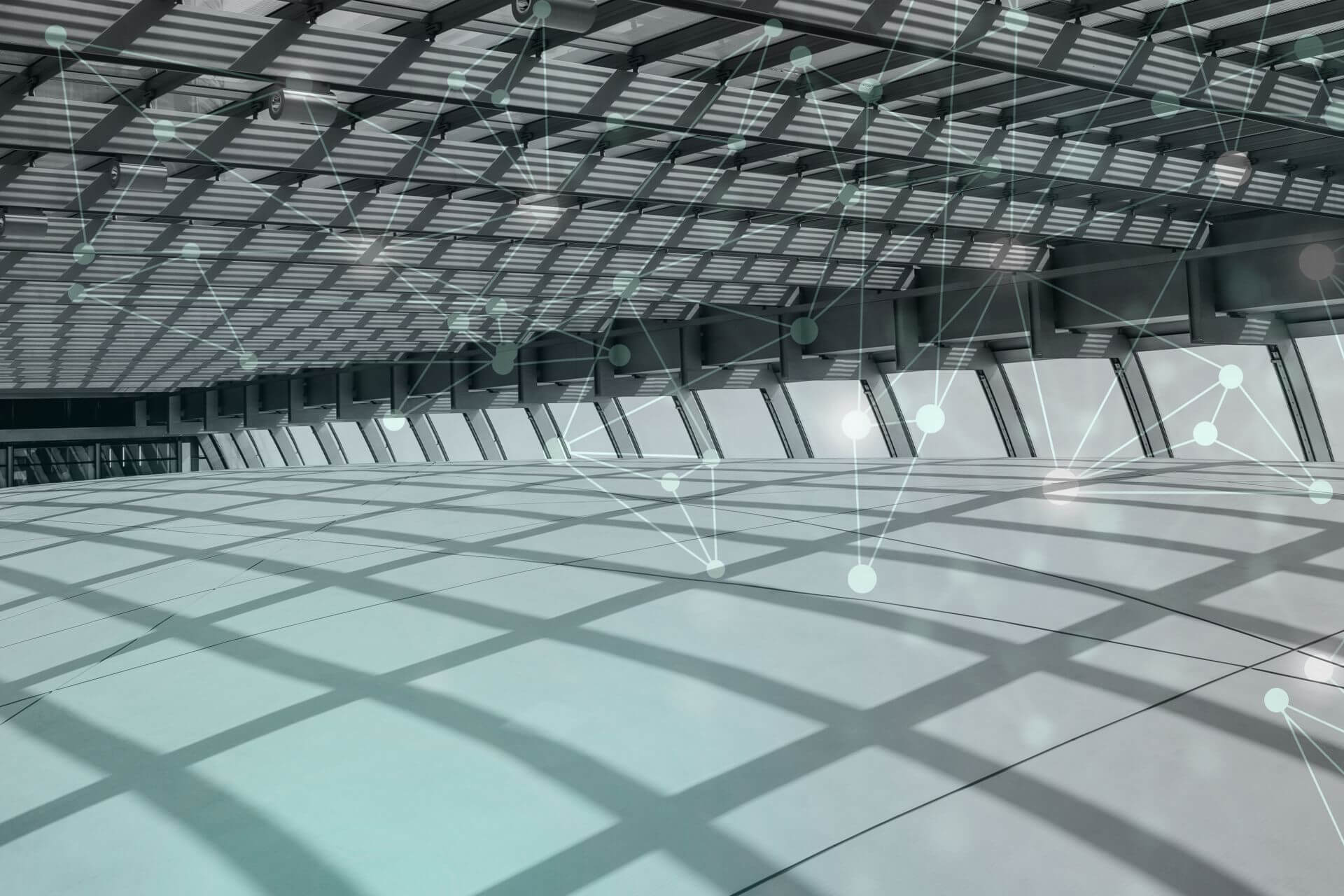SOLVING THE ENERGY CHALLENGE IN A NEW WAY
FROM A NECESSITY TO A LUXURY?
The pan-European upward trend in energy prices has recently become evident in the final prices of products and services. Following the escalation of the Russia-Ukraine conflict in February 2022, marked by Russia’s military invasion of Ukraine, the disruptions have been immense, and the rising costs in many sectors are expected to intensify further in the coming months. Energy is transforming from a basic necessity into a luxury. What do these price increases mean for consumers, and more importantly, is there anything that can be done immediately to provide a short-term or even long-term solution without jeopardising the cash-flow of a business or household?
THE WAY FORWARD FOR ENERGY COST REDUCTION
One approach that is increasingly gaining ground is autonomy. It is indicative that, at the level of European targets, the European Commission has published the REPowerEU plan for the gradual reduction of the EU’s dependence on Russian natural gas while accelerating the transition to clean energy. This plan, which includes accelerating the use of renewable energy sources, is to be put into action immediately and is expected to be implemented under the primary responsibility of national governments.
Therefore, to achieve this autonomy, renewable energy sources are currently the way forward and Net metering is one of the tools available. Net metering, or self-generation, allows you to produce electricity through a photovoltaic system installed in your home or business. This production is offset on an annual basis against your consumption, thus significantly reducing the cost of electricity you pay to your electricity provider. As well as dramatically reducing energy costs, other benefits of using a net metering system include improving your energy balance, increasing the value of your property and reducing your exposure to future electricity price rises.
At the same time, there are significant benefits for the energy system, as the need for new investment in the transmission and distribution system is reduced while the energy is produced from renewable sources, thus contributing to the achievement of the Green Transition goals.
An important first step in setting up a Net metering installation is a complete energy analysis and study of the building or installation. This will determine important parameters such as the type and size of system that will meet the required energy needs, the space, and type of installation, the required power, etc. The sustainability of a Net metering installation is ensured by the ideal installed capacity, which requires this careful calculation of several parameters.
The next steps are to apply for connection to the grid and install the photovoltaic panel system, either on the roof or on the ground. It is essential to have technical support during the operation of a Net metering system to cover maintenance issues.

At this point, someone can think, “So should consumers pay for the Green Transition”? Today, as the transition to energy from alternative sources becomes more urgent, governments and organisations are promoting financing schemes to make it easier for consumers. One such program is the “Economise – Autonomise” initiative in Greece, which allows beneficiaries to include the energy upgrade of buildings with photovoltaics as eligible expenditures. This program aims to facilitate self-production through Net Metering and energy storage.
Net metering solutions help achieve physical asset management objectives by optimising the energy efficiency of a building, infrastructure or facility at multiple levels.
NET METERING THROUGH THE PRISM OF PHYSICAL ASSET MANAGEMENT
The fundamental objectives of physical asset management, the proper management of your physical asset, whether as an individual or as a company, are to optimise its operation, maximise its performance, reduce operating and maintenance costs and, of course, increase its value. Net metering solutions help achieve many of these goals by optimising the energy efficiency of a building, infrastructure or facility at multiple levels.
In addition, the installation, maintenance, operation, and replacement of Net metering components raise the same issues of managing the lifecycle of each physical asset and optimising performance.
Atom Group undertakes Net metering projects from design to installation and provides ongoing technical support and maintenance. But Atom Group’s expertise and experience in physical asset management, energy efficiency and advanced technologies can go beyond simple design and installation issues.
Whether you are an individual or a business manager, this challenge presents an opportunity for energy efficiency measures and environmental protection—in other words, a green transition—through this investment.


